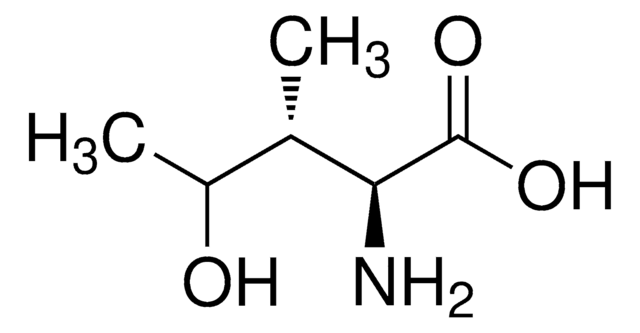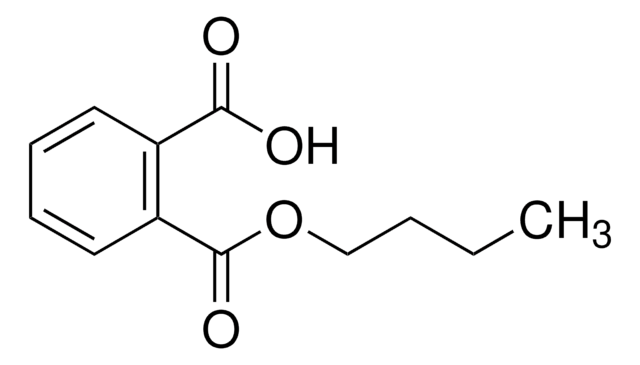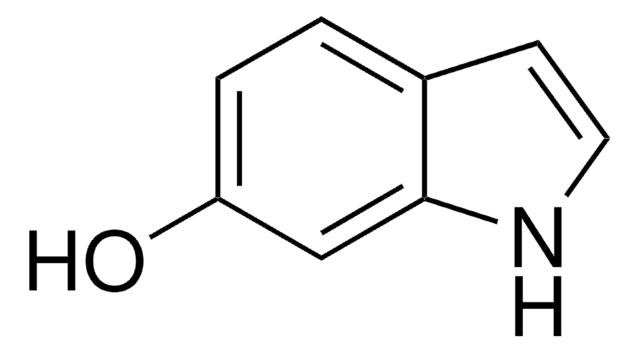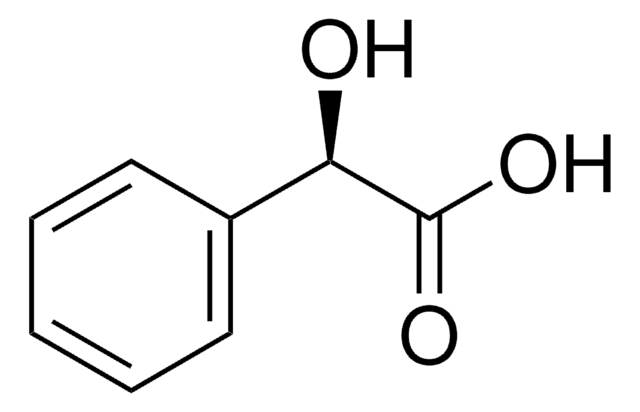About This Item
おすすめの製品
product name
(4S)-4-ヒドロキシ-L-イソロイシン, from fenugreek seeds, ≥98.0% (TLC)
由来生物
fenugreek seeds
アッセイ
≥98.0% (TLC)
形状
powder or flakes
光学活性
[α]/D +32.5±2.0°, c = 1 in H2O
色
white to almost white
保管温度
2-8°C
SMILES記法
C[C@H](O)[C@H](C)[C@H](N)C(O)=O
InChI
1S/C6H13NO3/c1-3(4(2)8)5(7)6(9)10/h3-5,8H,7H2,1-2H3,(H,9,10)/t3-,4-,5-/m0/s1
InChI Key
OSCCDBFHNMXNME-YUPRTTJUSA-N
生物化学的/生理学的作用
包装
シグナルワード
Warning
危険有害性情報
危険有害性の分類
Eye Irrit. 2 - Skin Irrit. 2 - STOT SE 3
ターゲットの組織
Respiratory system
保管分類コード
11 - Combustible Solids
WGK
WGK 3
引火点(°F)
296.6 °F
引火点(℃)
147 °C
個人用保護具 (PPE)
dust mask type N95 (US), Eyeshields, Gloves
適用法令
試験研究用途を考慮した関連法令を主に挙げております。化学物質以外については、一部の情報のみ提供しています。 製品を安全かつ合法的に使用することは、使用者の義務です。最新情報により修正される場合があります。WEBの反映には時間を要することがあるため、適宜SDSをご参照ください。
Jan Code
50118-VAR:
50118-50MG:
50118-BULK:
試験成績書(COA)
製品のロット番号・バッチ番号を入力して、試験成績書(COA) を検索できます。ロット番号・バッチ番号は、製品ラベルに「Lot」または「Batch」に続いて記載されています。
ライフサイエンス、有機合成、材料科学、クロマトグラフィー、分析など、あらゆる分野の研究に経験のあるメンバーがおります。.
製品に関するお問い合わせはこちら(テクニカルサービス)







